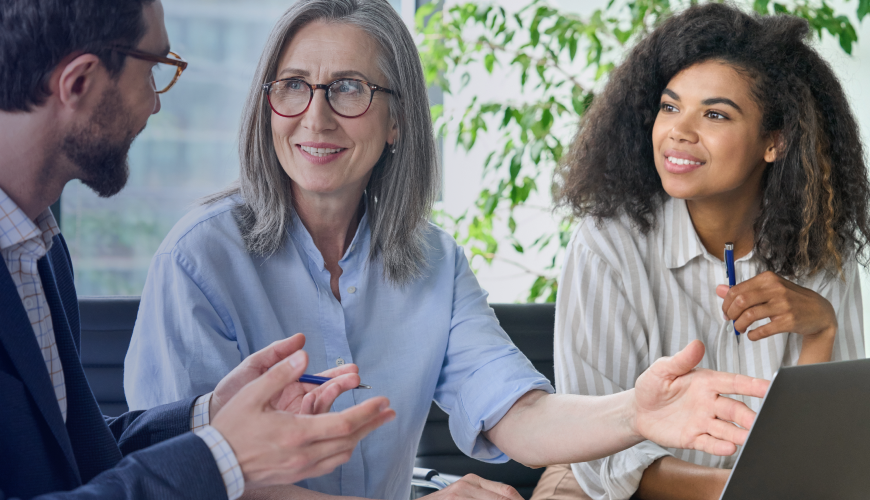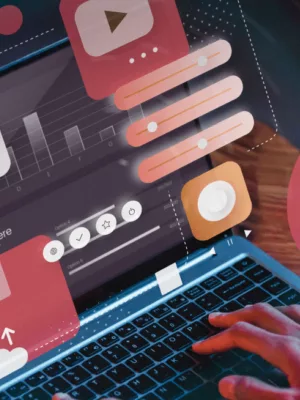
Creating an effective website starts long before the initial UI mock-ups or first line of code is written—it begins with a clear and comprehensive website design brief. A well-crafted website design brief ensures your web design team fully understands your business, vision, goals, and other requirements. In this guide, we'll walk you through the steps to prepare an effective and practical website design brief to set your project on the path to success.
The Importance of a Detailed Website Design Brief.
A compelling project brief serves as a roadmap for a web design project. It provides designers, developers, and project managers the context to align their creative and technical solutions with your business objectives. Without this guidance, the project can easily veer off course, resulting in a website that doesn’t meet expectations or objectives.

Key Elements to Include in Your Website Design Brief.
- Project overview
Begin your website design brief by introducing your business and the purpose of the new website. Describe your company, what you do, and why you need a new or redesigned website. This section should give the design team a clear understanding of your business and its market positioning. - Objectives
Clearly state what you hope to achieve with the new website. Are you looking to increase sales, enhance brand awareness, or improve user engagement? Specific goals will help your designers create a tailored site to achieve your desired outcomes. - Target audience
Who are your target audiences for using the new website? Detailing your target groups or developing personas helps designers create a user experience that appeals directly to the people you want to reach. Include demographic information such as age, gender, occupation, and any insights into their online behaviors. - Content strategy
Discuss the type of content you plan to host on your site. Will it be more image-heavy or text-oriented? Who will be providing the content? If your site needs to support multimedia elements like video or podcasts, mention this as well. - General requirements for a modern website
A modern website must meet several important requirements to perform well and satisfy users. Accessibility is very important; your website should be designed to be usable by everyone, including those with disabilities. Also, search engine optimization (SEO) features like fast loading speeds are essential to improve your site’s visibility and ranking. Mobile friendliness is another critical factor since many users access websites via smartphones and tablets. Make certain your website is responsive and functions well on various devices will ensure a smooth experience for all visitors. - Available Assets and Design Preferences
- Functionality requirements
Outline the key functionalities your website must have. This might include the type of content management system (CMS) or platform, e-commerce functionality and capabilities, online booking application or process, and various integrations. The more detailed you can be, the better equipped your design team will be to deliver a functional website. - Digital Infrastructure
Discussing digital infrastructure requirements is essential for your website's smooth operation. This involves specifying the hosting infrastructure and preferred hosting providers. Addressing aspects such as email integration, security measures, and ongoing maintenance and support will help ensure that your website is both reliable and secure. It's important to clearly define how these elements will be managed to maintain the site’s performance and protect against potential threats. - Digital Marketing
Consider the steps to be taken after your new website goes live. Discussing your digital marketing strategy is essential for maximizing the site’s impact. Will you be launching advertising campaigns? Which channels (e.g., social media, email marketing, PPC) will be utilized? Understanding the scale of your marketing efforts and the resources allocated will help in planning and executing a successful promotional strategy. These considerations will ensure that your new website reaches and engages your target audience effectively. - Project budget and timeline
Be upfront about your budget constraints and timeline. Knowing these parameters helps the design team manage resources effectively and set realistic deadlines.
For a smooth UI design process and consistent branding, it's important to outline available assets and design preferences. Share branding guidelines, logos, photo galleries, and specific fonts with the design team to ensure the new website matches the existing brand identity and saves time. Include additional marketing materials like brochures or previous design work to guide the creative direction. Mention any websites you admire or find effective as inspiration. This approach helps create a cohesive and visually appealing website.
Brief Example for a New Website Design Project.
This example of a website design brief outlines clear expectations and provides detailed information that can help the design team produce a website aligned with the client's needs and goals. By articulating specific requirements and preferences, the client ensures that the designers have a solid foundation to work on, reducing the need for extensive revisions and providing a smoother design process.

Effective Communication is Essential.
Remember, the website design brief's quality directly influences the final product's quality. Effective communication between you and the selected design team is critical throughout the process. Regular check-ins and feedback will help keep the project aligned with your vision.
Your Role in the Design Process.
While the design experts will handle the heavy lifting, your role in providing a clear, detailed website design brief is just as critical. This collaborative effort will ensure that the final website not only looks great but also effectively fulfills its strategic business role.
Ready to start your website design project? Contact us today, and let’s turn your vision into a digital reality.







